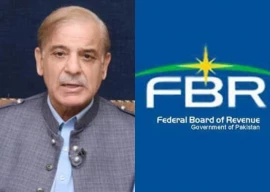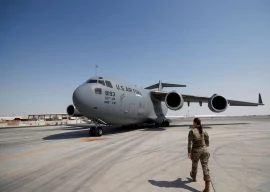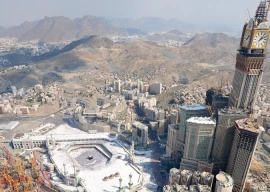
While identifying developing strategies and prioritised areas, the government has failed to show flexibility in any selected plan or programme. The flaw in policy is not recent but has been continuously unnoticed and unaddressed over the years.
Official estimates of the government show that with the current growth rate, the population of the city will be a staggering five million in the next fifteen years. There are three main uncertainties to consider for rapidly expanding cities. Firstly, we must consider the future size of the urban population which is primarily affected by the rate of urban migration. Secondly, future levels of prosperity of the city— for which the main determinants are levels of employment, personal incomes and urban public expenditure—are also important. Lastly, attention must also be given to the degree to which private investment and development can be made attractive for public needs or by development control.
In the case of Peshawar’s unique dynamics, the problems are oddly compounded by the scale of the refugee and displaced population in and around the city. The rate at which they will continue to leave is a blind spot within the consistent policy framework. The larger political realities and regional dynamics do not provide the confidence that private investment can be guided into selected areas.
Surveys conducted in recent times by national and international organization are indicative of these facts. Around 41% of the population in Peshawar is earning their livelihood by personal services, while only 12% of the population is employed as per a 2012 survey. The lower income values become even more significant when it comes to marginalised populations. More than half of the Afghan refugees – around 55% - are daily wagers, according to a survey by UNHCR.
While those Afghans who have lived in the city for more than 20 years have acquired property and play an important role in the more formalised economy of the city. So do the internally displaced persons from the tribal areas.
However, the contribution of migrants, displaced population and refugees is far more tilted towards the informal economy which does not reflect in the government’s policy nor is accounted for in budgetary allocations. What will happen once they leave? From the regular pattern of a city in conflict, the conflict is the constant itself, there seems to be little reflection on what the economic impact of the outward movement of such a population would mean for the city.
But there is little expectation from the authority that is dealing in framing such policies. It is not even aware of what the real population of the city is.
The structure plan for Peshawar was formulated in 1987 and never completely materialised. In its opening statement, it says “a significant number of Afghan nationals will not leave even if the conflict is resolved” while there have been considerable changes within socio-economic state of the city. The policies now formulated must reflect a realistic vision based on ground realties and take into account all factors necessary.
Published in The Express Tribune, July 20th, 2016.























1714129906-0/Clint-Eastwood-(1)1714129906-0-270x192.webp)










COMMENTS (1)
Comments are moderated and generally will be posted if they are on-topic and not abusive.
For more information, please see our Comments FAQ